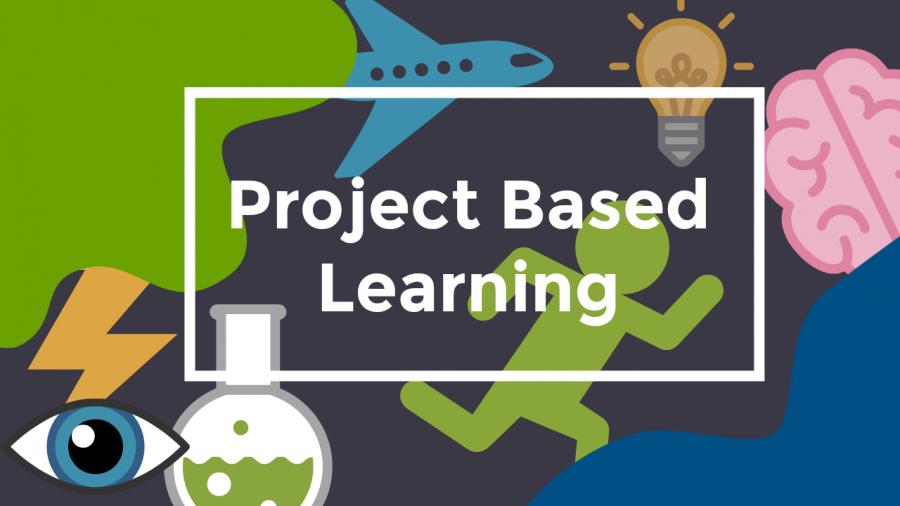A notable trend in the homeschooling community is the growing emphasis on financial literacy and entrepreneurship education. This shift reflects a recognition of the importance of these skills in today’s economy and a desire to prepare students for financial independence and potential business ventures.
Financial literacy in homeschooling curricula goes beyond basic math skills to include practical knowledge about budgeting, saving, investing, and understanding credit. Many homeschooling families are incorporating real-world financial experiences into their educational plans. This might involve giving children responsibility for managing a portion of the family budget, opening savings accounts, or even making small investments under parental guidance.
Some homeschoolers are using simulations and games to teach financial concepts. Online platforms and board games designed to teach financial literacy have become popular tools, allowing students to learn about money management in engaging, low-risk environments. These games often simulate real-world financial scenarios, helping students understand concepts like compound interest, stock market fluctuations, and the impact of financial decisions over time.
Entrepreneurship education in homeschooling often takes a hands-on approach. Many families encourage their children to start small businesses, from traditional lemonade stands to more complex ventures like online stores or service-based businesses. These experiences provide practical lessons in market research, product development, pricing strategies, marketing, and customer service.
Project-based learning approaches are often used to integrate entrepreneurship education into various subjects. For instance, a project to create and market a product might involve elements of science (in product development), math (in financial planning), art (in design and marketing), and language arts (in creating promotional materials).
Some homeschooling families are partnering with local businesses or entrepreneurs to provide mentorship opportunities for their children. These relationships can offer valuable insights into the realities of running a business and provide networking opportunities for future endeavors.
Technology plays a significant role in this trend. Online courses, webinars, and virtual mentorship programs focused on financial literacy and entrepreneurship are becoming increasingly popular among homeschoolers. These resources often provide up-to-date information and skills relevant to the rapidly changing business world.
Many homeschoolers are also incorporating coding and digital skills into their entrepreneurship education, recognizing the growing importance of technology in business. This might involve learning web development to create an online store, or understanding digital marketing strategies to promote a product or service.
The focus on financial literacy and entrepreneurship in homeschooling often extends to discussions about personal values and ethics in business. Families use these topics as springboards to explore concepts like social responsibility, ethical decision-making, and the impact of business on communities and the environment.
Some homeschooling families are taking this trend further by integrating their children into family businesses or side hustles. This provides hands-on experience in various aspects of running a business, from day-to-day operations to long-term strategic planning.
However, implementing financial literacy and entrepreneurship education in homeschooling does come with challenges. It requires parents to have a solid understanding of these topics themselves, or to seek out appropriate resources and mentors.











